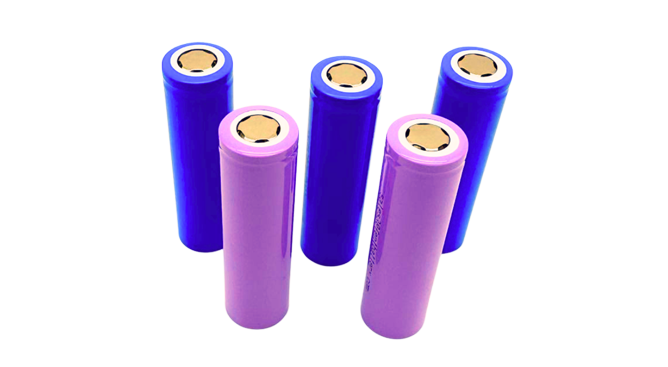Lithium ion battery charging and discharging process planning.
When a lithium-ion battery is charged, the potential of the battery's South and North poles forces the positive electrode compound to release lithium ions and embed them into carbon, which is a layer of negative electrode molecules. During the discharge process, lithium ions are separated from the layered carbon and recombine with the anode compound. The movement of lithium ions causes an electric current. Although the principle is simple, there are many practical issues to consider in actual industrial production: the positive electrode needs additives to maintain charging activity, while the negative electrode needs to be programmed at the molecular structure level to accommodate more lithium ions; Filling the positive and negative electrodes between the electrolyte, in addition to stability, it also needs to have excellent conductivity, reducing the internal resistance of the battery.

Lithium ion batteries have the above advantages, but require high maintenance of the circuit. During the use of lithium-ion batteries, strict measures should be taken to prevent overcharging and overdischarging, and the discharge current should not be too high. Generally speaking, the emission rate should not exceed 0.2c. The charging process of lithium-ion batteries is shown in the figure. During the charging cycle, lithium-ion batteries need to check the battery voltage and temperature before charging to determine if they can be charged. If the battery voltage or temperature exceeds the manufacturer's allowed range, charging is not encouraged. The allowable charging voltage range for each battery is 2.5V~4.2V.
In the case of deep discharge of the battery, it is required that the charger has a pre charging process to enable the battery to meet the conditions for fast charging; Then, according to the recommended fast charging speed by the battery manufacturer, it is generally 1C. The charger charges with constant current, and the battery voltage slowly increases. When the battery voltage reaches the set stop voltage (usually 4.1v or 4.2v), constant current charging stops, the charging current rapidly decays, and charging enters the full charging process. During full charging, the charging current gradually decreases until the charging speed drops below C/10 or the charging time exceeds 0, and then enters the top to stop charging; When the top charging is cut off, the charger compensates for the battery with a very small charging current. After charging at the top for a period of time, turn off the charging.
